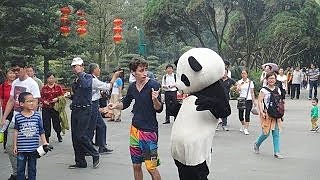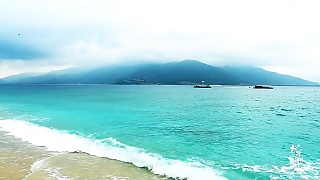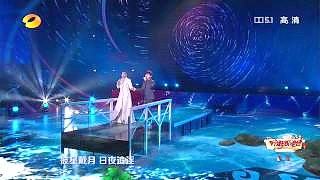With filmmaker Ryo Takeuchi (He ZhiMeng 和之梦).
Moving, uplifting, human spirit, humility, improvement, inspiring - don't miss it ...
[640],shadow=true,start=,stop=
Live more ...
 Beyond the Mountain – a visit to one of China’s poorest areas- LiangShan in YunNan province
Beyond the Mountain – a visit to one of China’s poorest areas- LiangShan in YunNan provinceWith filmmaker Ryo Takeuchi (He ZhiMeng 和之梦).
Moving, uplifting, human spirit, humility, improvement, inspiring - don't miss it ...
[640],shadow=true,start=,stop=

|

|

|
With Travel With Balnur ...
|

|
Foreign exchange student Jake 'dancing' through BeiJing, ChengDu, Xi'An, Lhasa, YangShuo, ZhangJiaJie, ShangHai, FengHuang and Hong Kong.
A fun film ...
|

|
South China
|

|
A selection of songs from the China Central TV Gala, Beijing TV (BTV), Hunan TV, and more ...
|

|
With Learn Chinese with ChineseClass101.com ...
With Andy and Sarah Mandarin ...
|

|
A wide variety of beautiful music from many locations plus informational films on the Chinese New Year.
Don't miss it ...
|

|
With Chinese Street View ...
|